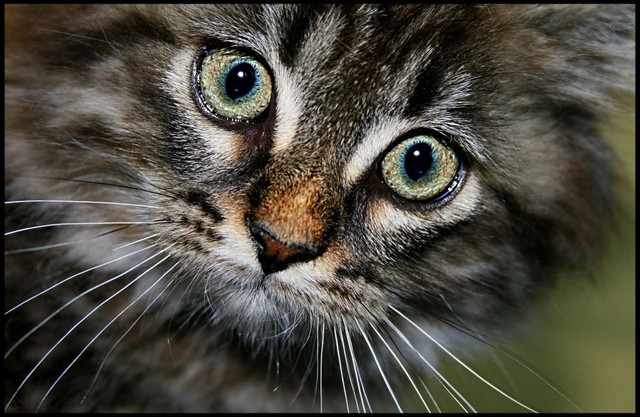SALMON
Pink and chum varieties provide a great source of healthy omega-3 fatty acids. Salmon is also a great protein source, rich in Vitamin D, B3 (niacin), and B12. Salmon with bones included (example canned pink salmon) is also a great source of calcium.
Dr. Cathy Alinovi DVM
As a practicing veterinarian, Dr. Cathy treated 80% of what walked in the door — not with expensive prescriptions — but with adequate nutrition. Now retired from private practice, her commitment to pets hasn’t waned and she looks forward to impacting many more pet parents through her books, research, speaking and consulting work. Learn more at drcathyvet.com



































jb
March 29, 2015 at 10:17 am
Wild caught Sardines are even a better choice. Smaller, younger fish constitutes less contamination.
Stay away from any farmed fish, salmon is highly farmed. They feed farmed fish soy & in some countries left over beef. Neither is a natural diet for fish. Also, antibiotics are regularly fed to the fish in crowded farm pens.
Mike L
April 4, 2015 at 9:05 pm
For those unfamiliar with salmon types – Pinks and Chum are never farmed.
Andrea
March 29, 2015 at 10:29 am
I also read that some farmed fish are fed these protein meals that could include dead cats and dogs!
jb
March 29, 2015 at 10:49 am
Would not doubt that at all in Asian countries.